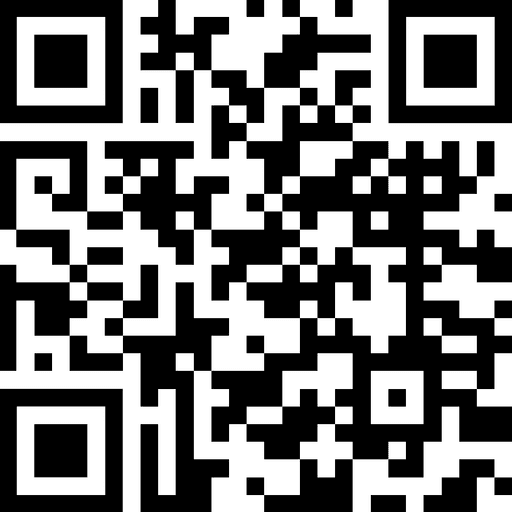Onboarding isn’t just a task, it’s a learning journey
As users explore your product, their needs and skills evolve. Adaptive learning ensures your onboarding process grows with them, progressively revealing features and delivering guidance that feels timely, personal, and relevant.
Learning That Adapts to You
The concept of adaptive learning originated in the education sector. Platforms like Duolingo and Khan Academy customize lessons based on a learner’s pace and performance, making education more effective. This same principle applies to onboarding: by adapting to a user’s behavior, goals, or lifecycle stage, you can create an experience that feels intuitive and supportive.
Companies like Slack and Notion use this strategy effectively. They don’t dump every feature on users at once. Instead, they reveal capabilities gradually—aligning guidance with how users grow into the product.
Your action items are…
Progressive feature introduction: Start with essential features and progressively unlock advanced ones as users grow comfortable.
Example: Figma UI only displays further editing options after basic designs are created.

Behavior-driven nudges: Use analytics to monitor user actions and provide contextual tips or prompts.
Example: Airbnb Host Tools initially focuses on basic setup like adding property details, then introduces advanced features like pricing strategies and location details as the host engage.

Segment user into 3 categories: Adapt based on user type or lifecycle stage.
Beginners: Offer detailed, step-by-step guidance.
Regular users: Highlight efficiency tools and shortcuts.
Power users: Surface integrations, APIs, or advanced customizations.
Imagine onboarding as your personalized class
A great teacher doesn’t overwhelm students with every concept on the first day. Instead, they build on what’s already been learned, introducing more complex ideas at just the right time. Adaptive learning does the same, turning your onboarding into an evolving masterclass.
Adaptive learning builds trust and engagement by evolving with the user.
Behavioral insights drive timely, personalized guidance.
Gradual feature introduction ensures users feel empowered, not overwhelmed.










